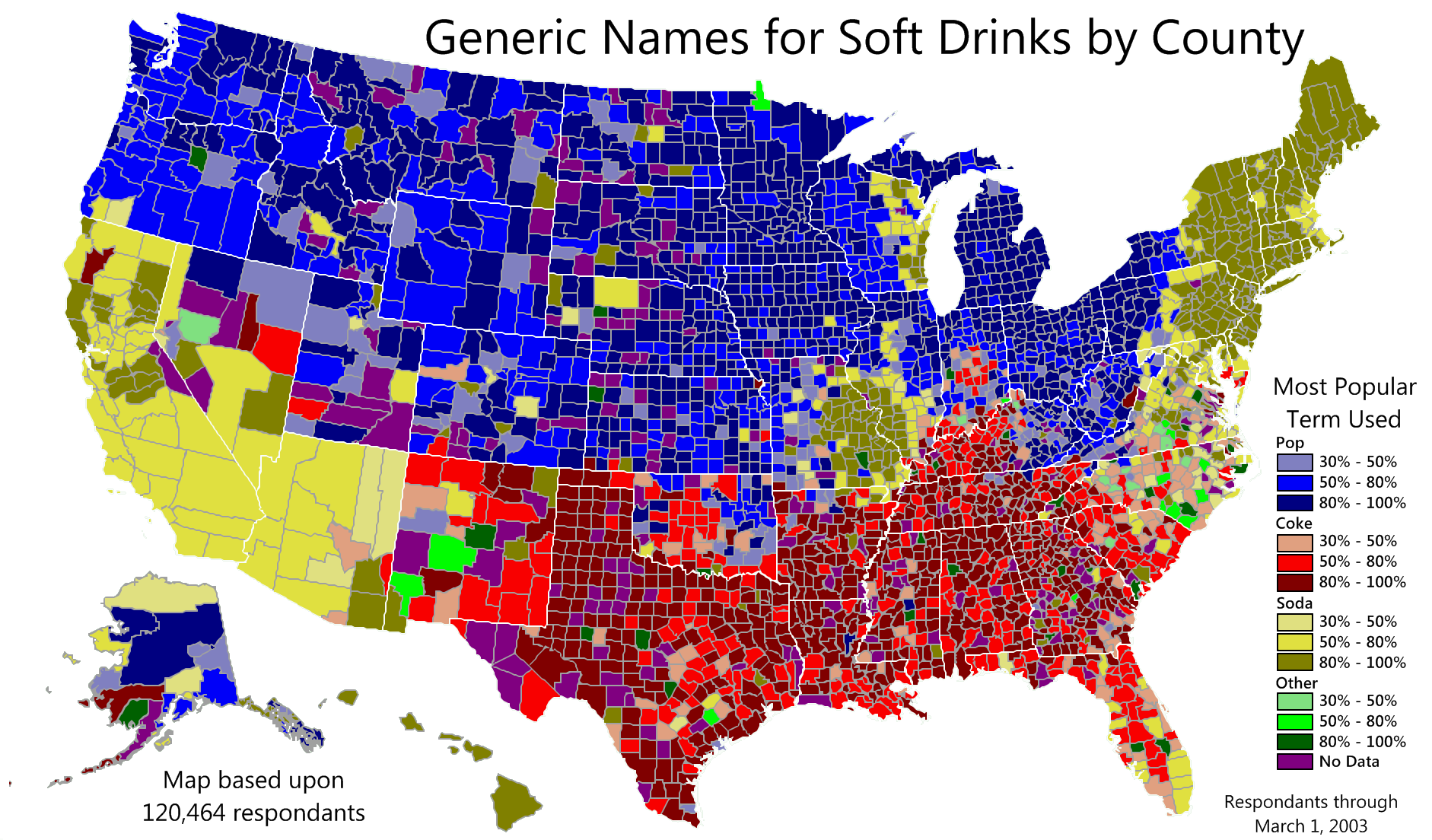- The story opens with Jake, one of the post war expatriates living in Paris. He along with his friends- which include Robert Cohn, a man who peaked in college and now is a failure, and Lady Brett Ashley, who is a strong and beautiful, yet rather shallow woman- live generally fast paced and dangerous lives. Although Jake and Brett love each other, Brett will not be with Jake, as an injury from the war left him unable to copulate, and also because she is engaged to a man named Mike. Cohn loves Brett, and they go on a trip to Spain together, basically because Brett likes to engage in intercourse. Bill, Jakes friend visits, and Jake’s group of friends, including Bill decide to go to see the Bullfights in Spain, although everybody just wants to go to party, with Jake being the only person who actually likes these fights. After more exposition is gained from Jake’s talks with Bill and things are set more clear, the friends go to Spain and meet up with Brett and crew. Everybody parties, and to the dismay of both Cohn and Jake, Brett starts an affair with the young bullfighter Romero. Jake does not like this, as he sees Romero as innocent and that he destroyed that by introducing him to Brett, and Cohn does not like it because he likes Brett. Cohn’s irrational love for Brett causes many problems in the group, and this comes to a head when Cohn beats Romero horribly in a fight. After this, everybody goes home rather depressed. Jake tries to go away by himself, but Brett stops him and says that they could love each other. Jake rejects her, as he has lost all faith in humanity. Jakes idea about humanity not mattering any more fulfills Hemingway’s purpose, as the title The Sun Also Rises suggests that the actions of people do not really matter, and that the world would exist without us.
- The theme of the novel is a loss of faith in the human race, as derived from the Great War. The fast lives, and lack of trust for love shown by Jake and his friends make this theme evident.
- The tone of The Sun Also Rises is extremely cynical, as shown in the actions of the characters, especially when Jake feels that it is “pretty” to think people could actually love each other, the constant partying displayed by the characters, as this is evident that they view the world as so far begone that there is nothing meaningful to do so they should just have a good time, and Hemingway’s use of the fact that Brett Ashley as just a pretty face who is there to hurt people through the sin of lust.
- Symbolism is used, especially with Lady Brett, as she symbolizes the evils of sex. Allusion is used in the title, as the title is a quote from the Bible. Repetition is used many times in the story, with short statements being repeated through a passage. Imagery is also often used, as locations are often explained in depth. Verbal irony is used in the novel many times, one example is when Jake says “Besides, what happened to me is supposed to be funny. I never think about it.” In chapter 4. The last statement can also be viewed as litote. Narrational point of view is used throughout the entire book as a way of characterizing Jake directly, and his descriptions of the people around him is Hemingway using indirect characterization.
Characterization:
- Direct characterization is used frequently, albeit not from a reliable source, as Jake is the narrator, so we get his opinions of everybody. This is seen in the book when Jake describes Robert Cohn at the beginning of the novel, and again with his more accurate description of Cohn. Indirect characterization is seen through Jakes thoughts, as these are his actions, and they characterize him, and in how he describes the actions of others, like Romero, who’s graceful actions while bullfighting mirror his purity.
- Yes, Hemingway’s diction changes when talking about different characters, as everything is masked with Jake’s opinion with the people around him. If he likes them, like Cohn (for the most part at least), more positives than negatives are used, but when he talks about Brett after her affair with Romero, he is much more critical and uses more negatives. Truthfully, these changes are only minor, as Jake has a rather negative view about humans, due to his thoughts of disillusionment about the war.
- Jake is a round, dynamic character. He is round because we see him at every level of his being as the book is narrated by him. We see his hopes, dreams, and hardships, as well as his thoughts about other people. He is a dynamic character based on the fact that he spirals deeper and deeper into disillusionment, and by the end of the novel, does not even believe in love.
- I do not feel like I have met a character, as in this day in age, I do not completely understand the disillusionment felt by the world after the Great War, especially the extremely strong disillusionment felt by the expatriates like Hemingway. Although I feel that I met the man in The Old Man and the Sea, I do not feel like I met real people here for the same reason I did not feel I did after reading The Great Gatsby: I do not see anybody today living like this, and it feels so illogical to do so that I can not completely comprehend these people as truly people.
